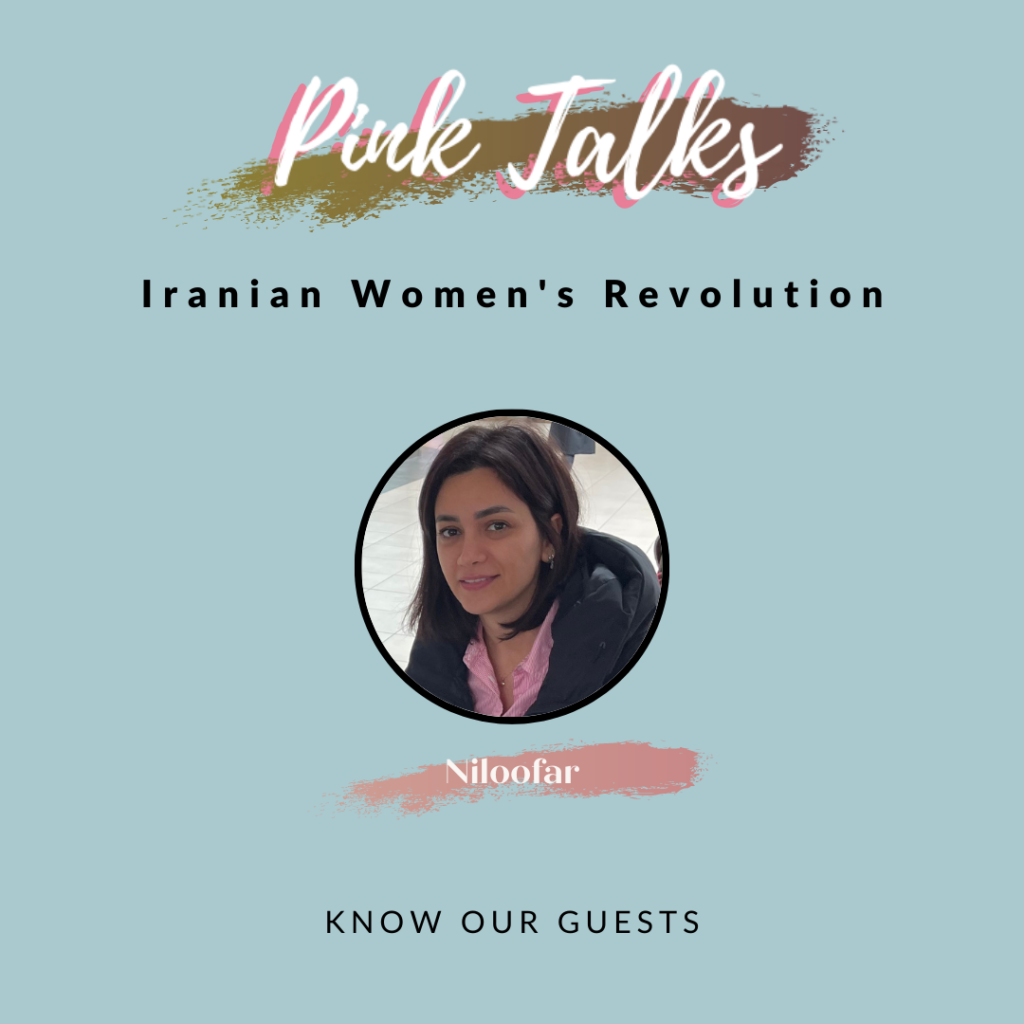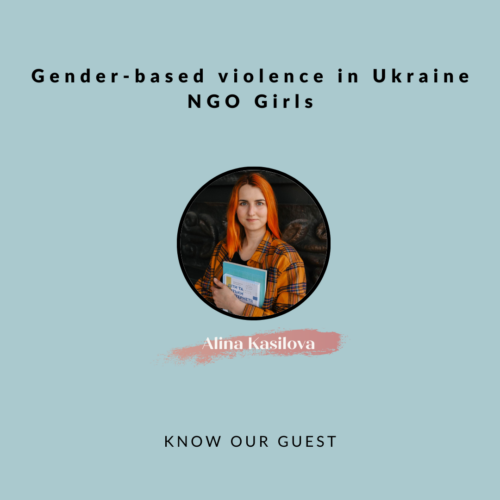There are multiple narratives about what is happening in Iran. When we talk about authoritarian regimes, it is even harder to distinguish between information and misinformation, facts and fake news. The mainstream discourse is centered around protests, the economy, and politics, but this episode is shifting the perspective on women’s roles in Iran’s history. Niloofar’s research reveals women’s impact in society. We talked about the Pahlavi dynasty, feminism’s origin in Iran, media, and social media’s impact on representing Iranian women.
Hijab: a political weapon
Throughout history, the morality police were not the only ones to subjugate women. Oppression has been made on different levels: social, political, cultural, and religious. Different ideologies adopted during the Pahlavi dynasty were both looking to control women’s bodies, thoughts, and freedom. One of their weapons was the hijab.
The hijab became an object of the legislation and a political weapon. If the first Pahlavi regime forced women to remove their hijabs in 1936, after the 1979 revolution, Islamists introduced the idea of the hijab law that came into force in 1983. During the 1979 revolution, veiling became a symbol of resistance to the Pahlavi monarchy. In the last decades, Iranian women’s groups have fought to change the compulsory hijab and challenge the state’s notion of “proper dress” putting themselves at risk of criminal punishment.
Iran gender segregation
Iranian women’s rights were always at the full front of the political agenda. It is true the 1925 modernization project initiated by Reza Shah Pahlavi provided more education and employment opportunities for women, but they were still subordinated, and the state interfered in women’s activities. When his son, Mohammad Reza Pahlavi came into power in 1941, some positive legal forms concerning women’s demands had been made. More women were present in public and political discourses.
During the 1940s and 1950s, women activists began to put forward their gender interests. However, the Iranian women’s movement had not enjoyed its independence because of its affiliation with specific male-dominated institutions. That means society lacked power distribution in society and real opportunities for women to participate in politics.
The religious government that gained political power after the 1979 revolution, restricted women’s legal status, limited their rights to divorce, child custody, and contraception, and imposed systematic gender segregation in schools, hospitals, universities, and transportation.
Social media: part of the revolution
In authoritarian regimes, we may talk about three information sources: national propaganda versus international coverage versus people’s social media. While the first one targets the nation and remains across state lines, and the Western media ignores or minimizes the information, the last one does justice to reality. With the Iranian protests, Western media reduced them to social-economic problems when the fight’s object is human rights. State murders like the one of Mahsa Amini happen every day but they are not in the media. The uprisings reveal the political oppression, and discrimination against religious, ethnic, and gender minorities. Iranians try to change the media discourse by sharing pictures and videos that show human dignity and rights being violated.
Niloofar’s Ph.D. research on social media women’s empowerment indicated that social media increases self-employment chances, knowledge and skills sharing, gender self-consciousness, society engagement, self-expression, agency, mobility freedom, and having a voice. In restrictive contexts such as Iran, women turn to social media as a space of resistance, feminist dialogue, and power expansion. Niloofar says that “stubborn forms of female body presence in social media are one of the most important parts of the way women are able to fight the regime’s hegemonic narratives”. Public expression via social media may come as more effective in authoritarian systems than collective activities. The use of social media critically challenges normative gender politics. By communicating their realities and sharing their sexual assault narratives, women are regaining control over their bodies.
What to do
“Iranian people are so brave and you cannot imagine how difficult it is to live in authoritarian contexts where you have to fight daily for basic human rights”, Niloofar.
Raise awareness, talk about Iran’s brutal government, and make space for Iranian people’s voices!
Show resources

Niloofar (she/her) is a Ph.D. candidate in the Department of Communication Studies and Media Arts at McMaster University. She is also completing a joint Graduate Diploma (Ph.D.) in Gender Studies and Social Justice. Niloofar holds a Ph.D. in Communication, an MA in Cultural Studies and the Media, and a BA in Social Communications from the University of Tehran. Her research interests include social media, digital activism, feminism, sexuality, and the female body, focusing on Iran in the frameworks of critical and feminist theories. Niloofar’s doctoral dissertation concentrates on the embodiment, performances of nudity, and unveiling as political actions in Iran. She has several published peer-reviewed journal articles and book chapters in feminist and queer studies.
Afary, Janet, and Anderson, Kevin B. Foucault and the Iranian Revolution: Gender and the Seductions of Islamism. Chicago, IL: University of Chicago Press, 2010.
Azari, Farah. “Sexuality and Women’s Oppression in Iran.” In Women of Iran, Edited by Farah Azari, London: Ithaca, 1983, pp. 90-156.
Hoodfar, Homa, and Sadeghi, Fatemeh. “Against All Odds: The Women’s Movement in the Islamic Republic Of Iran.” Development. Vol. 52, No.2, 2009, pp. 215-223.
Hooman, Niloofar. “Representation of women in Iranian cinema”, Iran Society through the Movie, Tehran: Institute of Culture, Arts and Communications, 2018.
Hooman, Niloofar. “Changes in the role of women in Iran society”, Iran Society through the Movie, Tehran: Institute of Culture, Arts and Communications, 2018.
Jahanshahrad, Houri. “A Genuine Civil Society and Its Implications for the Iranian Women’s Movement”, Women’s History Review, Vol. 21, No. 2, 2012, pp. 233-252.
Kian, Azadeh. “Islamic Feminism in Iran: A New Form of Subjugation or the Emergence of Agency?,” Critique Internationale. Vol. 46, No. 1, 2010, pp. 45-66.
Nouraie-Simone, Fereshteh. “Shirin Ebadi: A Perspective on Women’s Rights in the Context of Human Rights.” On Shifting Ground; Muslim Women in the Global Era. Edited by Fereshteh Nouraie-Simone. New York: Feminist Press, 2005.
Yaghoobi, Claudia. “A Feminist Revolution in Iran.” In Unladylike, ep. 168, 2022.



